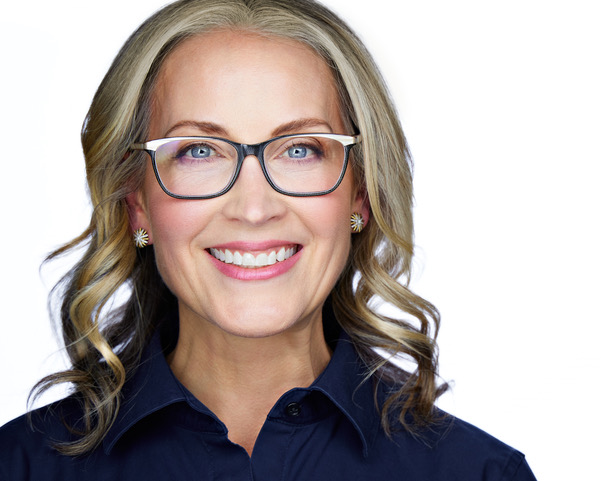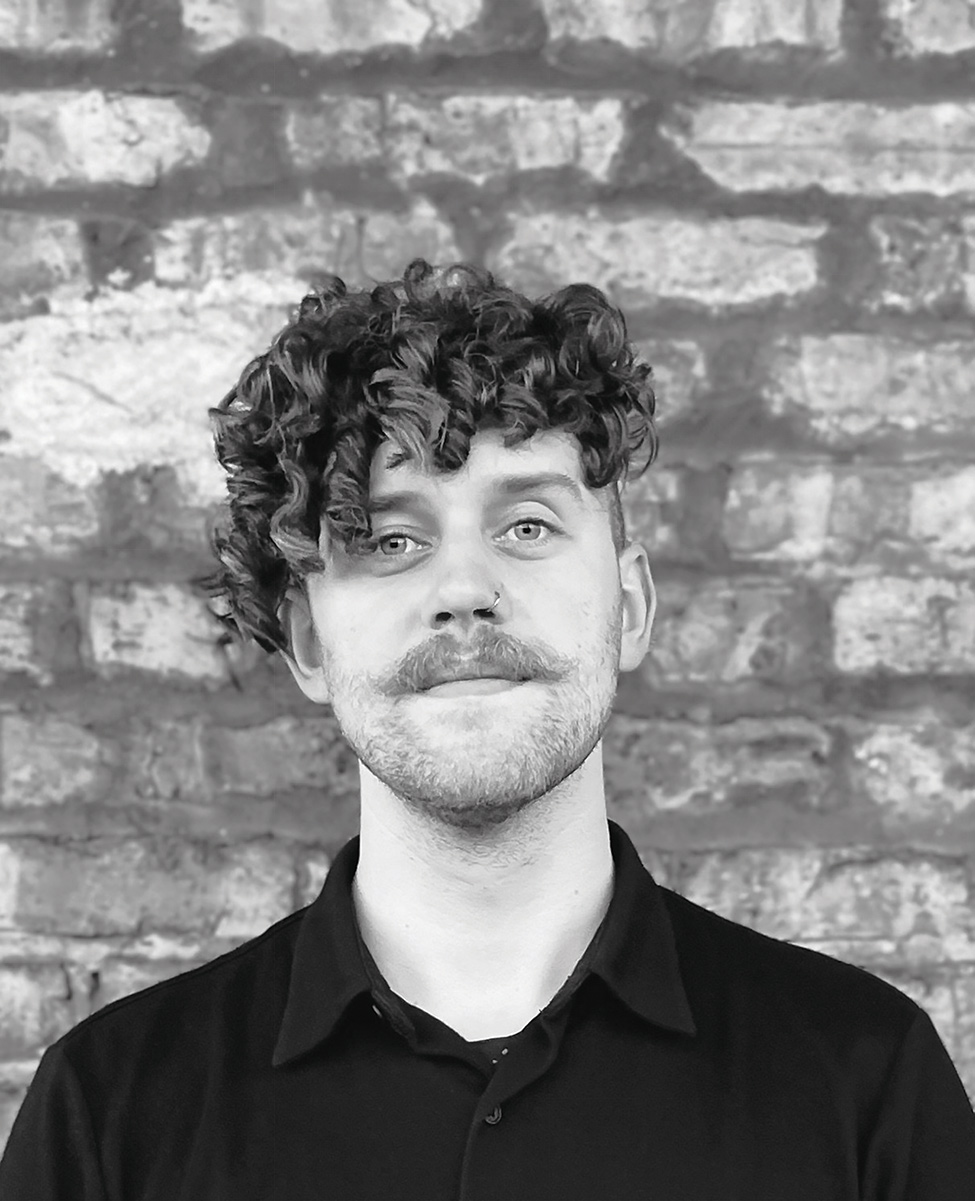Three Chicago Galleries Navigate Their Twenties

By BIANCA BOVA
Many Chicago galleries have a remarkable longevity. This year three celebrate the milestone of reaching (or in some cases, surpassing) 20 years in business. Dealers John Corbett and Jim Dempsey of Corbett vs. Dempsey; Scott Speh of Western Exhibitions and (Northern) Western Exhibitions; and Bert Green of Bert Green Fine Art share the origins of their respective operations, how they’ve crafted programs and fostered long-term relationships with artists, and what they see for themselves in the future.
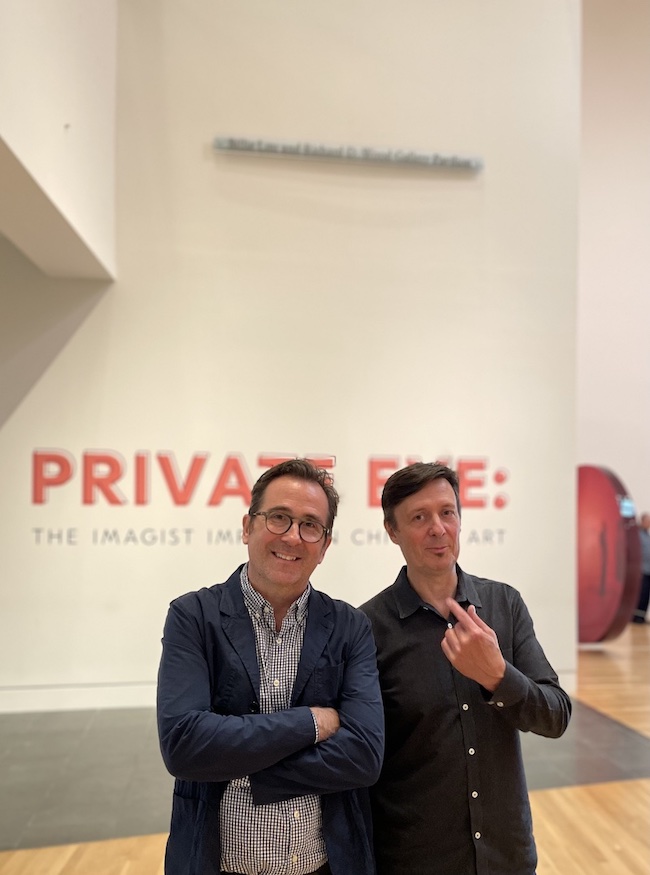
John Corbett and Jim Dempsey, Corbett vs. Dempsey
CGN: What led to the decision to found the gallery? Has its focus changed in the 20 years you've been open?
Corbett: We met because we attended a lot of the same events around town, art and music wise. We hit it off immediately, then started talking about how little we knew about the Chicago art scene—given that we’re really both kind of culture-vultures, it felt a little weird that there was so little information readily available about the visual art scene that we were both part of. Our first collaborative exhibitions were at the Roger Brown Study Collection, on the ground floor of the late artist’s home. I was interim chair of the exhibition studies program at the School of the Art Institute at the time, and just kind of commandeered the space between SAIC shows. Then in 2004, we opened Corbett vs. Dempsey in the space above Dusty Groove.
CGN: Tell me about the long-term relationships you've had with artists over the gallery's tenure.
Dempsey: A couple of artists that we work with now–Gina Litherland was Phil Hanson were some of the very first we worked with, we showed them all the way back at the Roger Brown space. The thing is, we were and are both interested in the historical part of Chicago, but we realized that the artistic output in the last 50 or 60 years in this city can be really hard to parse sometimes. We just thought, maybe we can find ways to put the puzzle together on our end a little bit to present it to other folks, and start to develop a narrative that seemed a bit spotty at that moment. That has led to some long-term engagement
CGN: The gallery moved locations after 15 years. What led to the decision to expand?
Dempsey: Initially, when we moved into the first space in Wicker Park, we thought we would have more of a private dealership model, but that space naturally felt more like a gallery. And we had a good run in that space. Eventually, we just had to acknowledge that we were up against the limitations of that space. No elevator, small doors, and there were things that we just couldn't do there. But it was also such a big part of our identity that it took a lot to kind of get our minds around like, we need to make this move. And then to find a space that had the warmth of the space that we had before that wasn't just like a white cube or a traditional gallery. Ultimately, we found what we needed in our current space. We’ve been able to realize programs and exhibitions we could not have done before.
CGN: What's next for Corbett vs. Dempsey?
Corbett: On September 14, we opened “Hubcap Diamond Star Halo: Corbett vs. Dempsey at Twenty,” a program of events and exhibitions in honor of our twentieth anniversary. It includes a survey exhibition in the primary gallery space, as well as a revolving exhibition in the north gallery space which will change over weekly for the seven weeks of the show. That will be featuring thematic and one-, two-, and three-person exhibitions. There will also be a robust slate of book launches, conversations with artists, and musical events accompanying the exhibitions, which will run through November 2. Come back often.
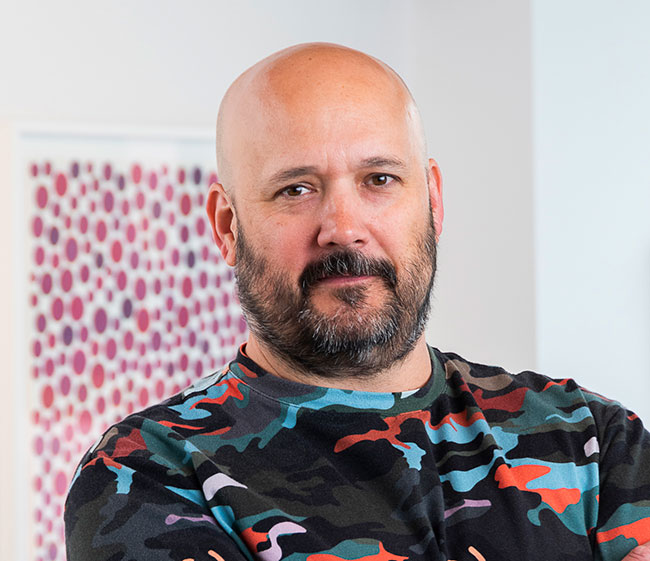
Scott Speh, Western Exhibition | (Northern) Western Exhibitions
CGN: What led to the decision to found the gallery? Has its focus changed in the 20 years you've been open?
Speh: I was a failing artist who became more interested in organizing shows than making my own work. I was living in Brooklyn but a day-job kept me on the road a lot. When I’d return to town, I’d find myself wanting to connect with artist friends, often in their studios, instead of holing up in my own studio. I moved to Chicago in late 2001 and became frustrated that friends of mine who I thought were great artists weren’t getting the recognition they deserved, so I decided to open a gallery.
The early focus was presenting the work of friends and some college colleagues whose work excited me, and I felt it deserved a larger audience. As the gallery continued, several themes began to develop (though this wasn’t necessarily a conscious plan of mine, my instincts led the curatorial development, not a unified mission), themes I didn’t really place until I overheard a conversation in our booth at the first EXPO on Navy Pier between curators Shannon Stratton and Mark Pascale, with Stratton urging her colleague to consider “Western Exhibitions' especially rich program devoted to drawing” (or something to this effect. Also, Mark, when I used this anecdote elsewhere professionally, strongly told me that he already knew this). This led me to the realization that Western Exhibitions prioritizes drawings and works on paper, an organic development. It took an outsider to notice this, as at that point, I didn’t perceive that the gallery had a particular focus other than work I thought was good and important. From there, I realized that gallery artists and the shows we’ve presented often pull from the following paths — personal narratives, unique cosmologies and world views; LGBTQ artists and issues; Feminist art/fighting the patriarchy; pattern, decoration and surface concerns; works on paper (especially drawing); and artist books.
CGN: Tell me about one or two of the long-term relationships you've had with artists over the gallery's tenure.
Speh: One of the first artists I encountered in grad school at the University of Wisconsin-Madison in 1994 was Stan Shellabarger. As I was scoping out the print media studio (my area of focus), I noticed a tall, thin man with a long beard, slowly pacing the hallways, nearly hugging the wall. Upon further examination and explanation, Stan was using the performative practice of walking in public to make a drawing, in this case, by dragging his fingernail against the wall, the repeated accumulation of scuffs ultimately making a visible mark down the wall. I was FASCINATED. I didn’t necessarily become close with Stan during grad school but I made it a point to see his work every time it was presented.
I stayed in Madison for three years after grad school, curated a bunch of shows there, self-published an art criticism zine, got divorced, moved to New York, lived there for two years, moved to Chicago in 2001 to find that Stan and his partner Dutes Miller had also moved to Chicago. Stan was still making this sort of ‘70s conceptually driven performance work that resulted in handsome, rough-hewn, hand-made minimalist objects, yet with pretty much no interest from the Chicago art world. When I started up the Western Exhibitions nomadic gallery project, I made it a point to work with artists like Stan who are compelled to follow their artistic path even if no one is paying attention. We had several shows with Stan and then started showing the collaborative work he and Dutes make, under the separate artistic persona, Miller & Shellabarger. We’ve placed Stan’s work in several prestigious institutional collections, including the Art Institute of Chicago, Museum of Contemporary Art, Chicago, National Gallery of Art, Minneapolis Institute of Art and Baltimore Museum of Art.
CGN: The gallery moved to various locations in Chicago several times before settling down at 1709, and then subsequently opening a second location in the north shore. How has it grown over the years as it occupied new spaces, and what led to the decision to expand to the suburbs?
Speh: Every move was driven by circumstance, not strategic growth. From 2006 to 2008, I shared another space in West Town (1821 W Hubbard) with Lisa Boyle, a full-time dealer. Then, Shannon Stratton at threewalls asked me if I’d be interested in taking over their lease in the 119 N Peoria Building in the West Loop as they were moving to a bigger space in the same building. I leapt into running a gallery as my full-time job in the fall of 2008 in the West Loop, then the heart of Chicago’s contemporary art scene, just in time for the stock market to collapse and The Great Recession to begin. Fun.
I then moved across the street to 835 W Washington to take over Tony Wight’s space when he decided to downsize and met the proprietors of Document and Volume Gallery there. When all of our leases were up in 2016, we decided to seek out a space together. After striking out on a bunch of possibilities, our landlords pulled a deus ex machina and offered us the second floor at 1709 W Chicago, then a cross-fit gym, as they planned to put a restaurant on the first floor. We invited David Salkin Creative to join our new art commune.
(northern) Western Exhibitions in Skokie started as and continues to be an experiment and was definitely not something I envisioned or planned for. Zach Williams, a client of the gallery, came by the gallery for a visit one day and proceeded to tell me his life story which culminated into him winding down his law practice to do something cool and personally meaningful — opening a modern design store, seeded from his own collection as he strives to buy from living artists going forward, with a gallery attached, in Skokie. Zach told me “I want a gallery there but I don’t know how to run a gallery nor do I want to learn” and said that he appreciated my vision and work ethic and asked if I wanted a gallery in Skokie. To which I replied, “Wut? This thought has never occurred to me!” But I decided, why not? I am using (northern) Western Exhibitions to scratch my curatorial itch, as it is, to comb through gallery artists’ pasts to put together a show that they may not have envisioned themselves.
CGN: What's next for Western Exhibitions?
Speh: We’re officially celebrating our 20th year milestone with a show derived from the archives. 20 Years of Western Exhibitions will present every press release from every show at all 6 of our locations over the years, plus printed ephemera, some on loan from the Anthony Elms Art Ephemera collection as I somehow did not save the postcard from the first bricks-and-mortar show, plus reviews of shows and a pile of notebooks containing my to-do lists from over the years. And at the same time, in Gallery 2 in Chicago, I’m excited to present Zhi Ding’s first solo show in Chicago. Zhi is a Chinese artist, educated at the Art Institute, now living in New York, who makes seemingly whimsical paintings, which resemble illustrations from a children’s picture book, but are full of drama and darkness. At (northern) Western Exhibitions at the end of October, I am presenting a show devoted to Elijah Burgher’s practice of creating painted mystical symbols, sigils, which is an early 20th occult practice of recombining the letters that spell out a wish into a new abstract symbol.
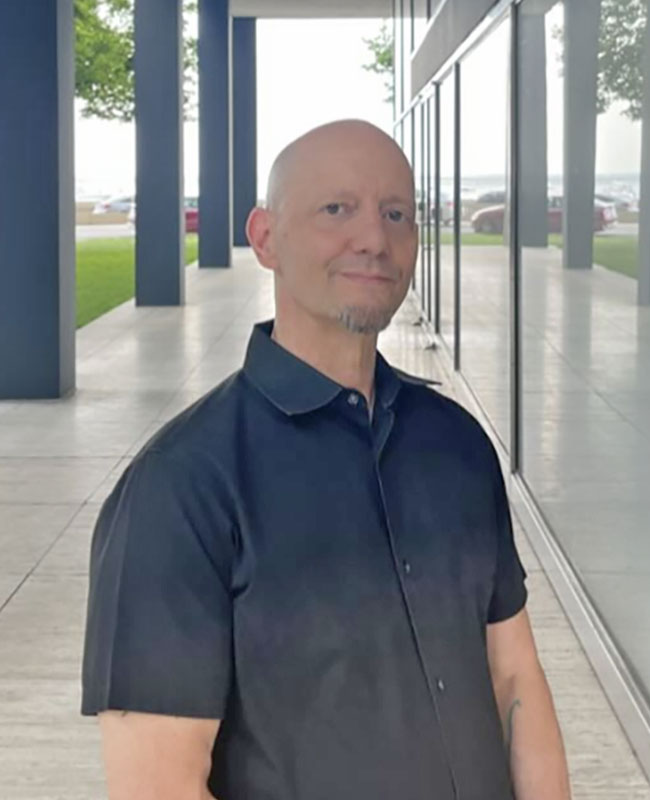
Bert Green, Bert Green Fine Art
CGN: What led to the decision to found the gallery? Has its focus changed in the 20-plus years you've been open?
Green: I started my first gallery in 1999, which is coming up on 25 years now, at the end of 1999 in Los Angeles. I first opened in Hollywood, then moved to downtown LA. Then moved to Chicago in January of 2012. There was a core group of people, about 30 galleries in the district then. When that scene peaked in the mid 2000s, the real estate obviously followed, then the gallery scene shifted to a different part of downtown a more industrial area. Then there was that push in the mid to late 2000s, where it became very international and very high end. That's where it is now, LA has become this major international art center. It was not like that at the time, but it was beginning, you could see it coming, it just it just hadn't happened yet when we were there.
My late partner [Aric Lasher] was an architect, and was lured back here for a job that led to us making the move to Chicago. Initially, I saw myself as an opportunity to introduce artists to Chicago that might not have had an opportunity to show here–artists I was working with from California, a few international artists. The gallery has two rooms. For the first five years the program revolved around showing one out-of-town artist and one in-town artist.
CGN: Tell me about one or two of the long-term relationships you've had with artists over the gallery's tenure.
Green: The two that come to mind are Sandra Yagi. She's a Japanese American artist in San Francisco. We've been working with her pretty continuously since the gallery opened. She does sort of fantastical work that combines naturalistic imagery with scientific imagery. She's mainly a painter, but we've done some prints, and she also does works on paper.
The other one is Grey James, he's based in L.A. Grey James is a transgender artist who had a previous identity, which was Jennifer Heaslip. I've been working with Grey since probably 2003. He transitioned from female to male in the year 2013, and in that year, we did a show here in Chicago where one of the rooms was the work from the previous identity and the other room was work from the new identity. Even though he is not well known in Chicago, it did really, really, really well. I felt that was a highlight for that sort of relationship between L.A. and Chicago.
CGN: Yours is one of the few galleries still operating in the Loop. What made you decide on a downtown space, rather than a space in the gallery district?
Green: Yes, I'm on an upper floor in an office building. When I first moved to Chicago I looked all over. At that time the West Loop was still where lots of galleries were, the West Loop and River North. River North was waning and West Loop was kind of at its peak or near its peak. I couldn't find a space that worked for me. Either the prices were too high or the cost of renovation was too high or just wasn't the right space. I live downtown, and I thought well wouldn't it be nice to just have a place that I can walk to work? My partner who was also an architectural historian made a suggestion to me to look at the street wall of Michigan Avenue across from Grant Park. All of those buildings are designed in such a way that they maximize light and views of the lake, but every one of those buildings has usually a tier in the back that doesn't get any light that's against the brick wall or, you know, it's very dark, and for a gallery that's kind of perfect. So I looked at three or four of the buildings and I found a very good deal in the Willoughby, very, very inexpensive rent at the time, which hasn't really gone up all that much.
I also got a little bit tired after being on a street level space in LA. I had a very large space in downtown LA. The majority of people who walked in the door were, you know, just looky-loos and it really felt like the business was changing in such a way because online is such a important way that people look at art and connect with galleries now. I wanted something that was not quite by appointment only, but a destination. The majority of my business is done privately or online or by appointment, but I am open to the public, one day a week. And that balance has worked out really well for me.
CGN: What's next for Bert Green Fine Art?
Green: In October we open our 25th Anniversary show. It's really a look back. It includes people that I've worked with from the beginning and throughout the whole 25-year period, and also includes some artists that I've only started recently working with, a couple of artists in the show that I've maybe only worked with for two or three years. There’s about 30 artists in the show. A good number of them–probably a good half of them–are people that we've published prints with that we don't necessarily represent. People such as Ed Ruscha, John Baldessari, Shepard Fairey, people from California who have bigger names–don’t necessarily exhibit their work, but we’ve worked with them publishing prints. So they'll be in the mix as well. There's a good number of local artists from Chicago, like Industry of the Ordinary and Mac Pierce, who's a recent graduate from SAIC, Mikey Mosher, who's also a recent graduate from SAIC, Morgan Sims, who worked in Chicago for many years before he moved to Philadelphia. Jesse Howards as well. They're all pretty prominently featured. It’s a mix of lots of people, a good look at what the gallery has been doing for 25 years.
#
